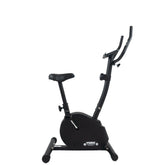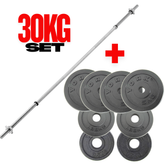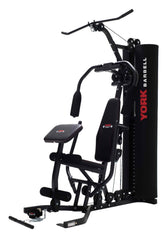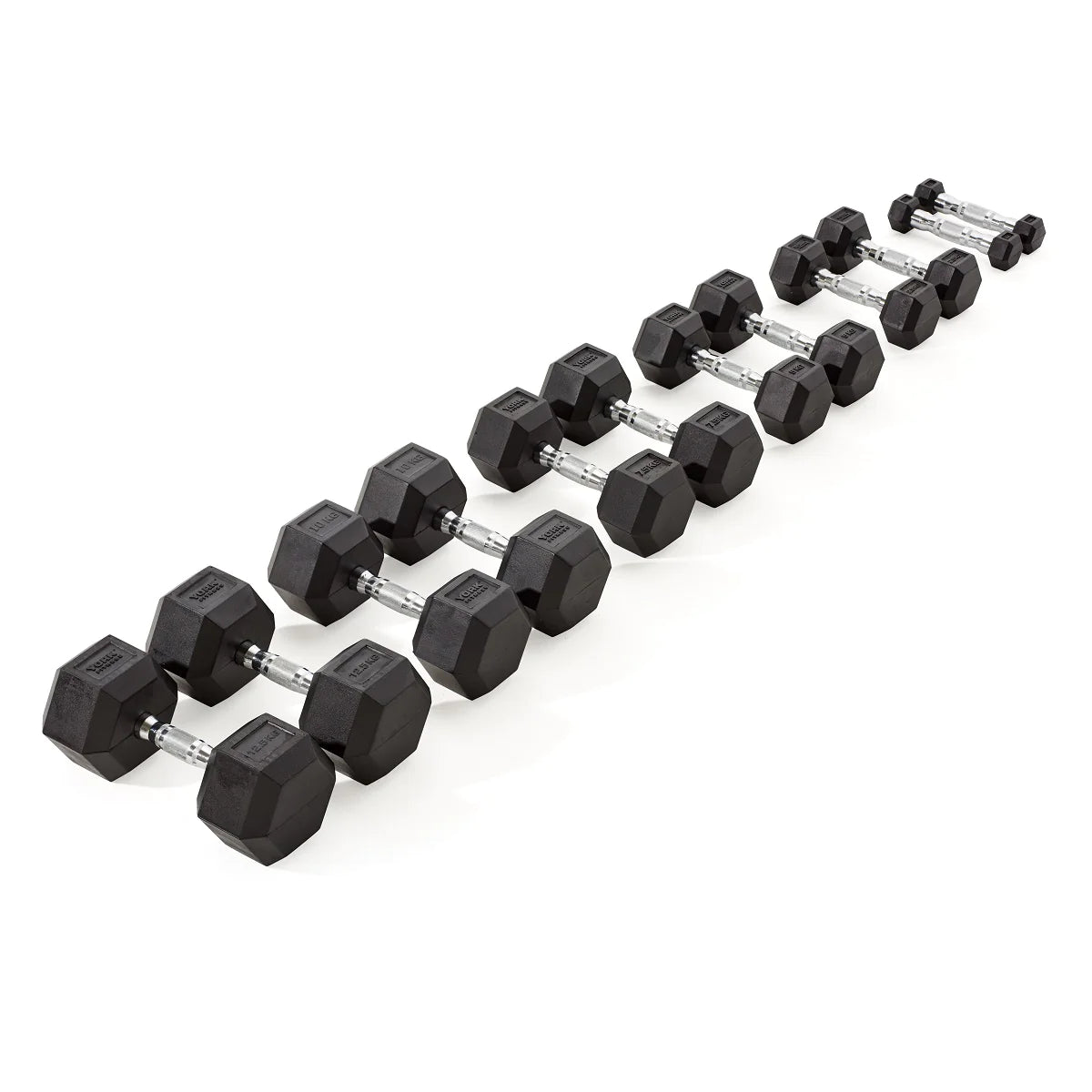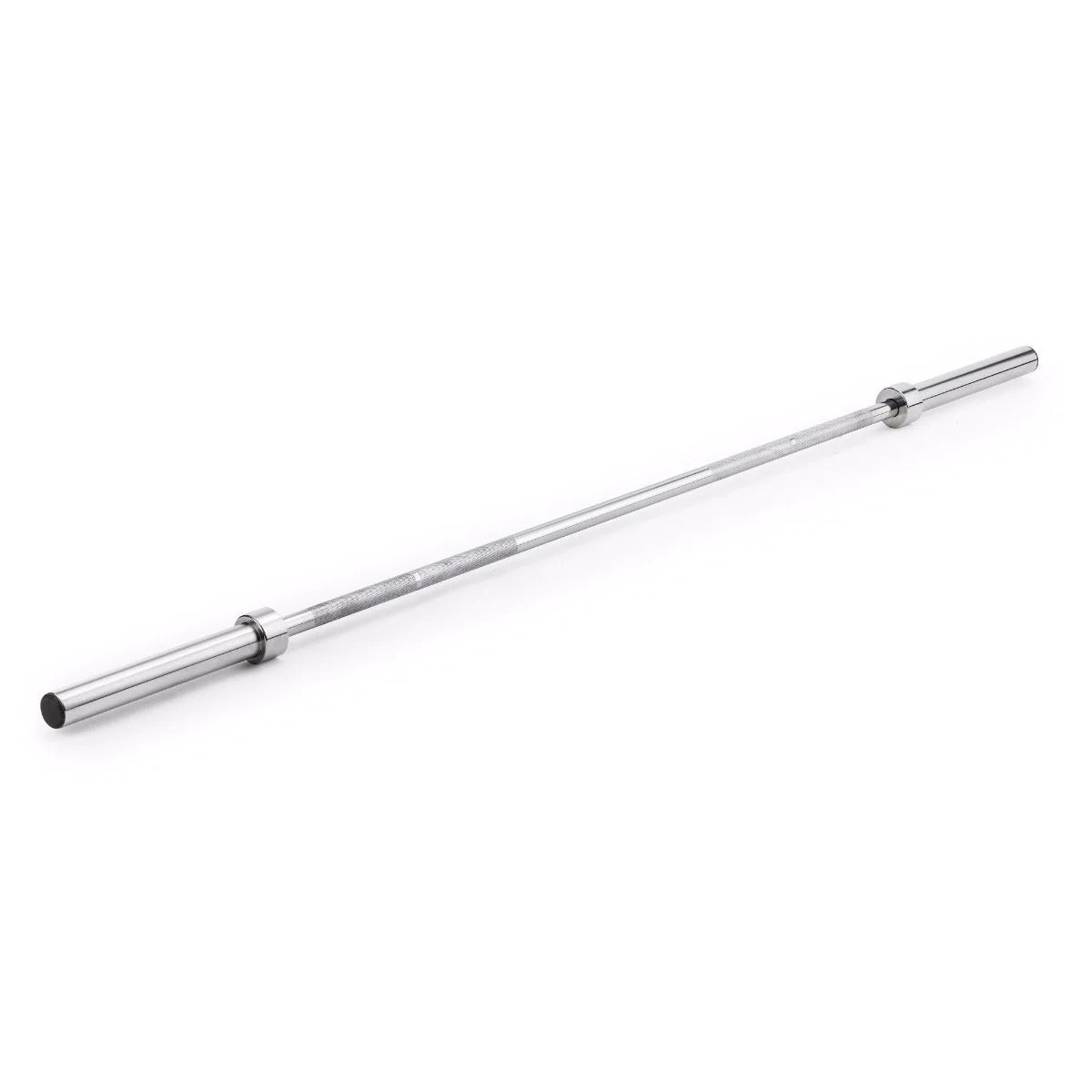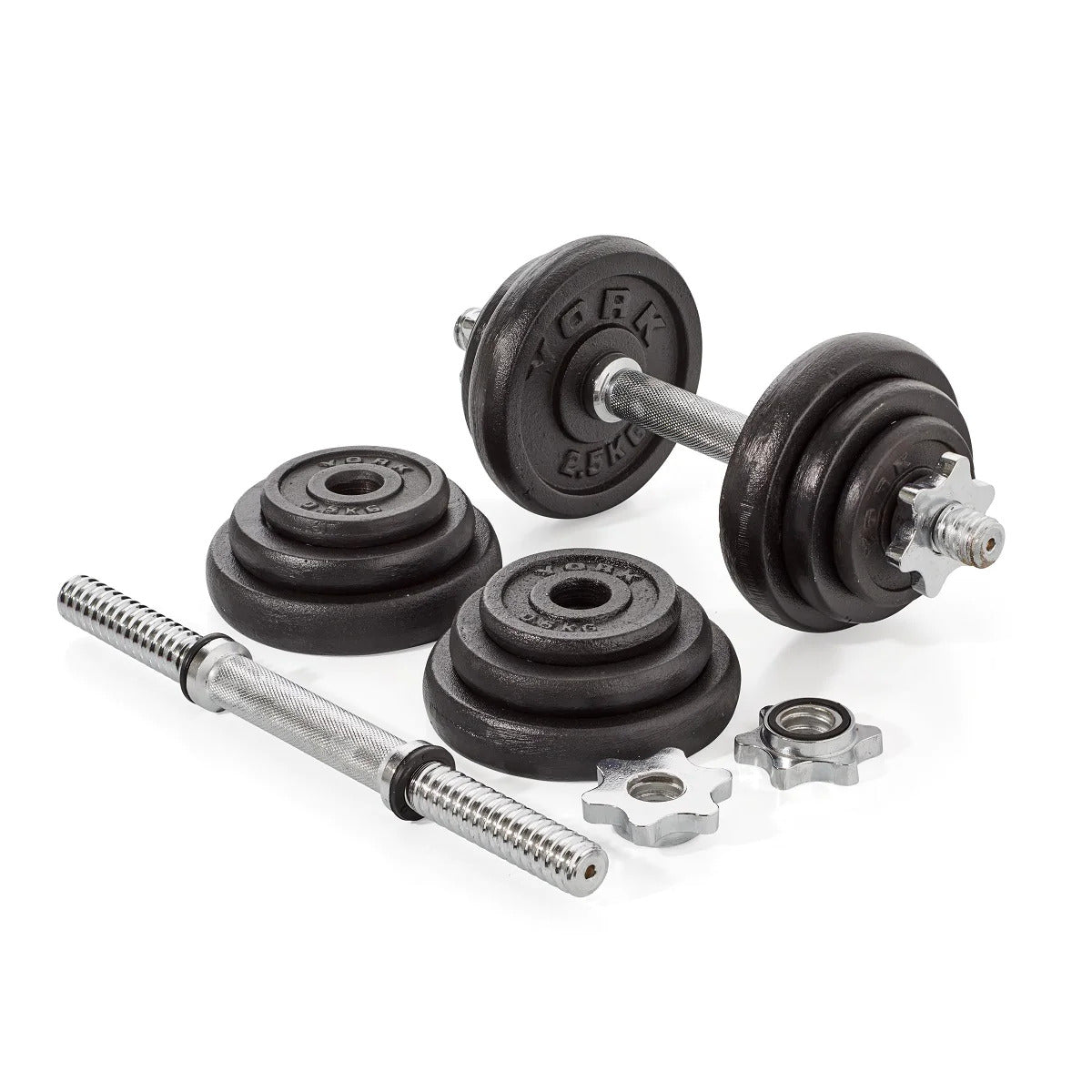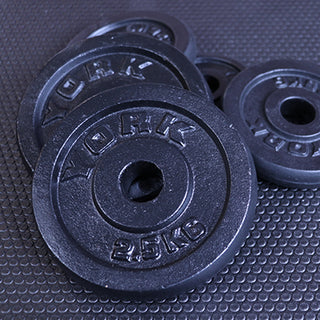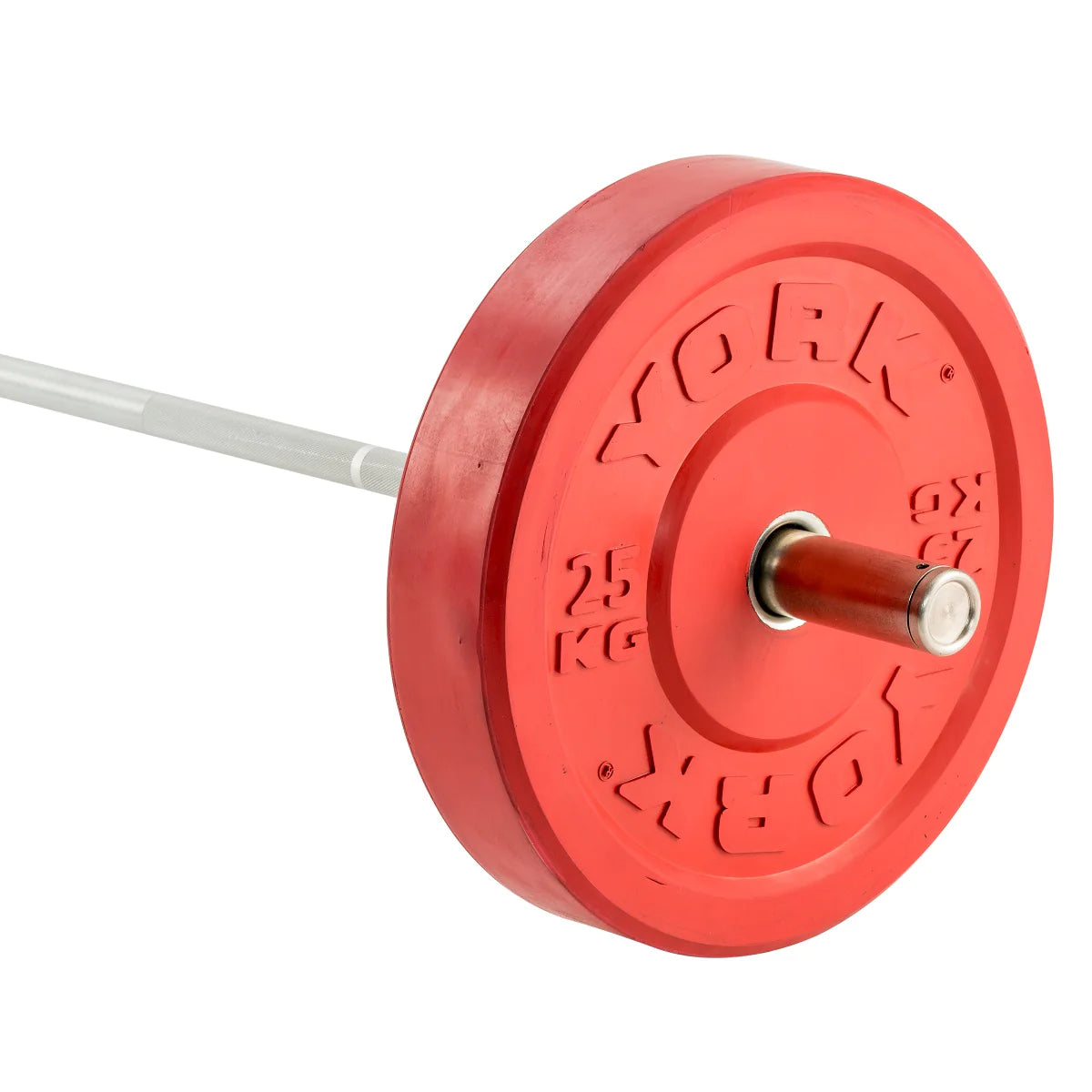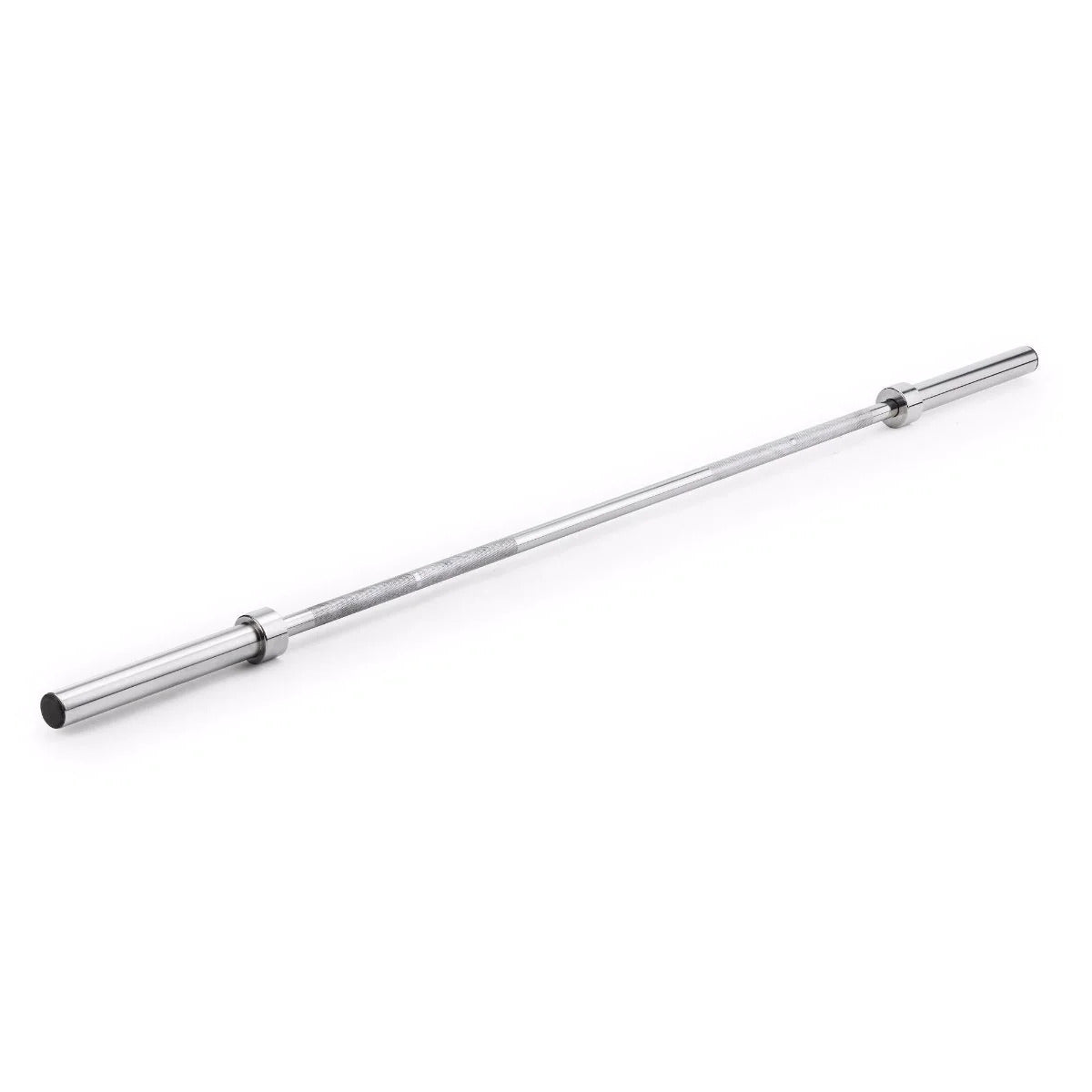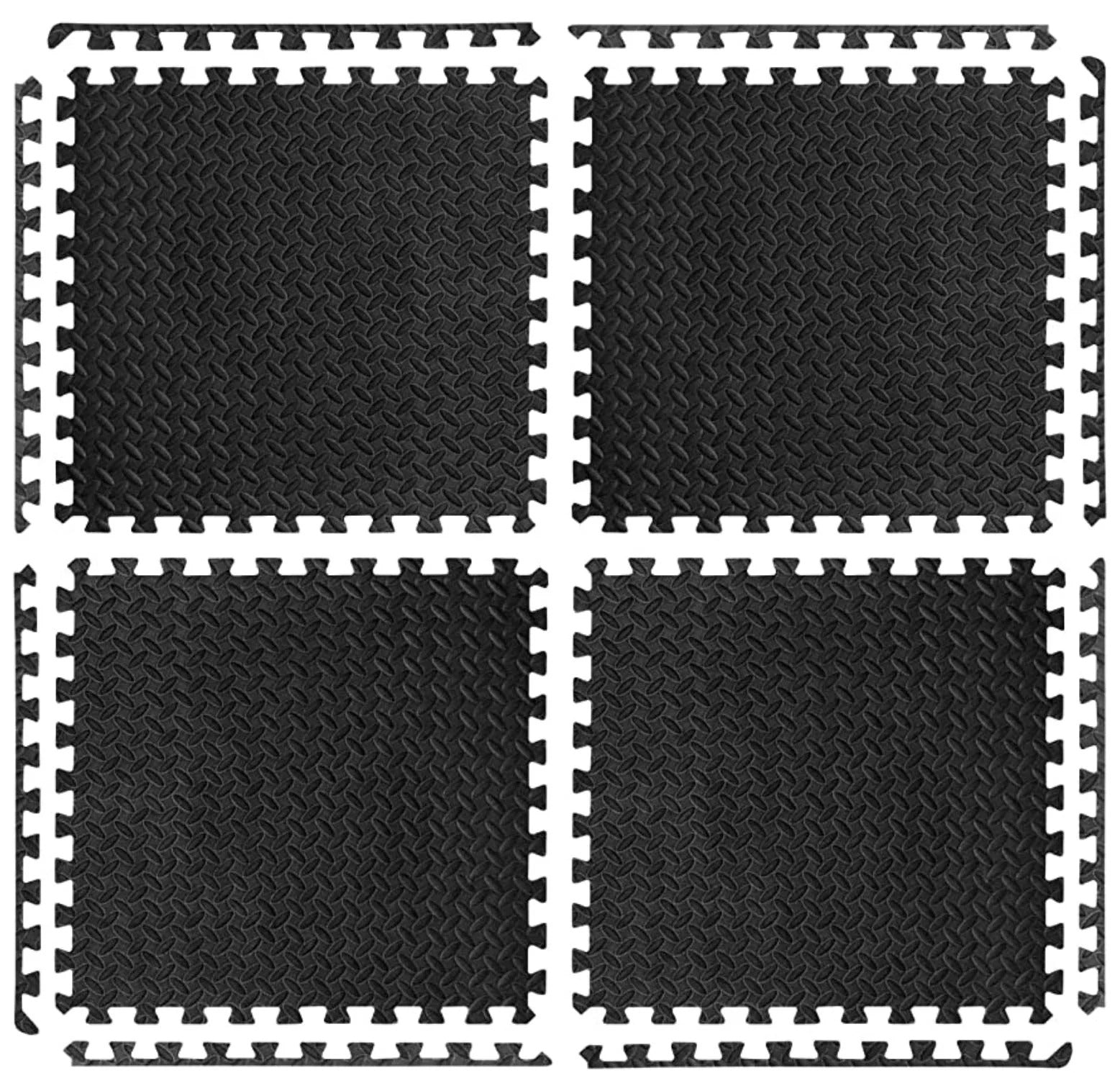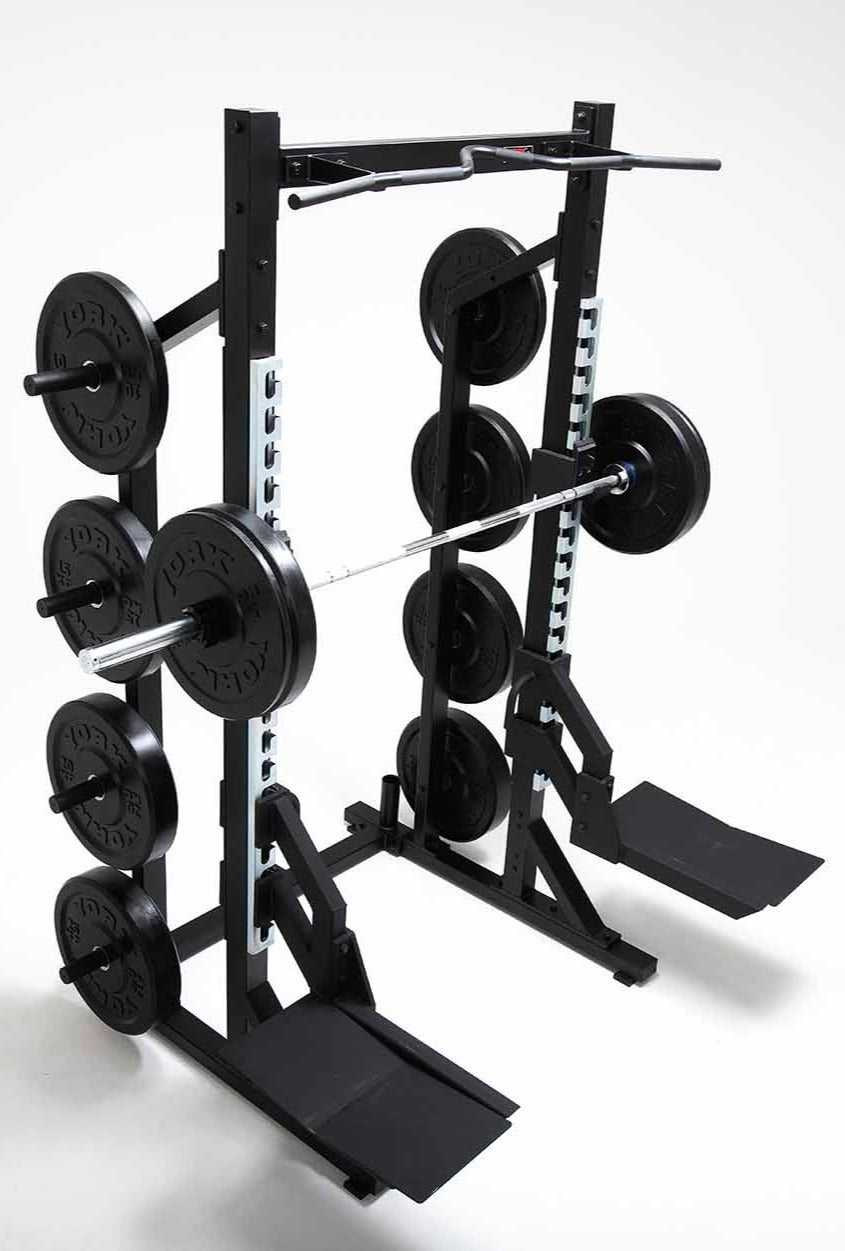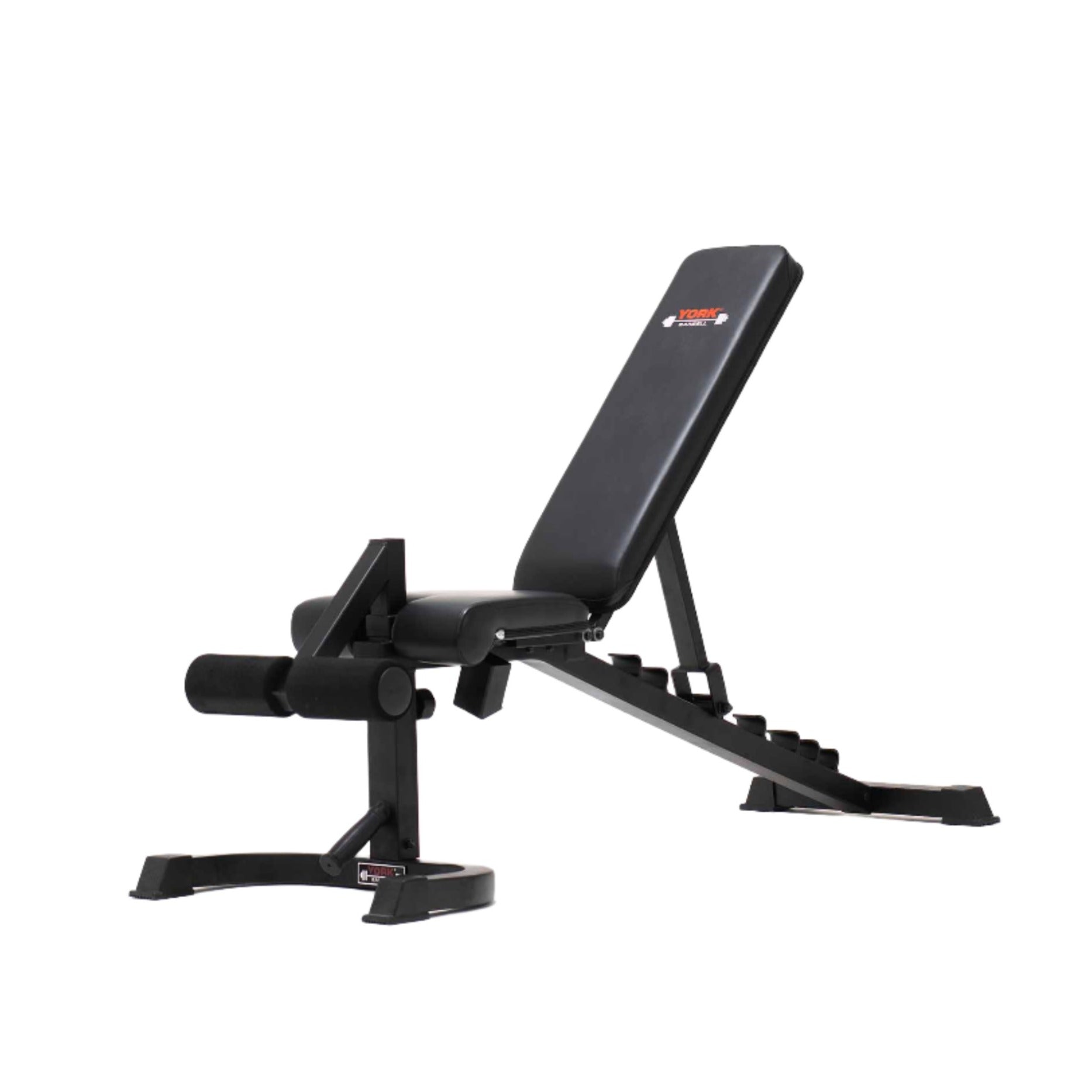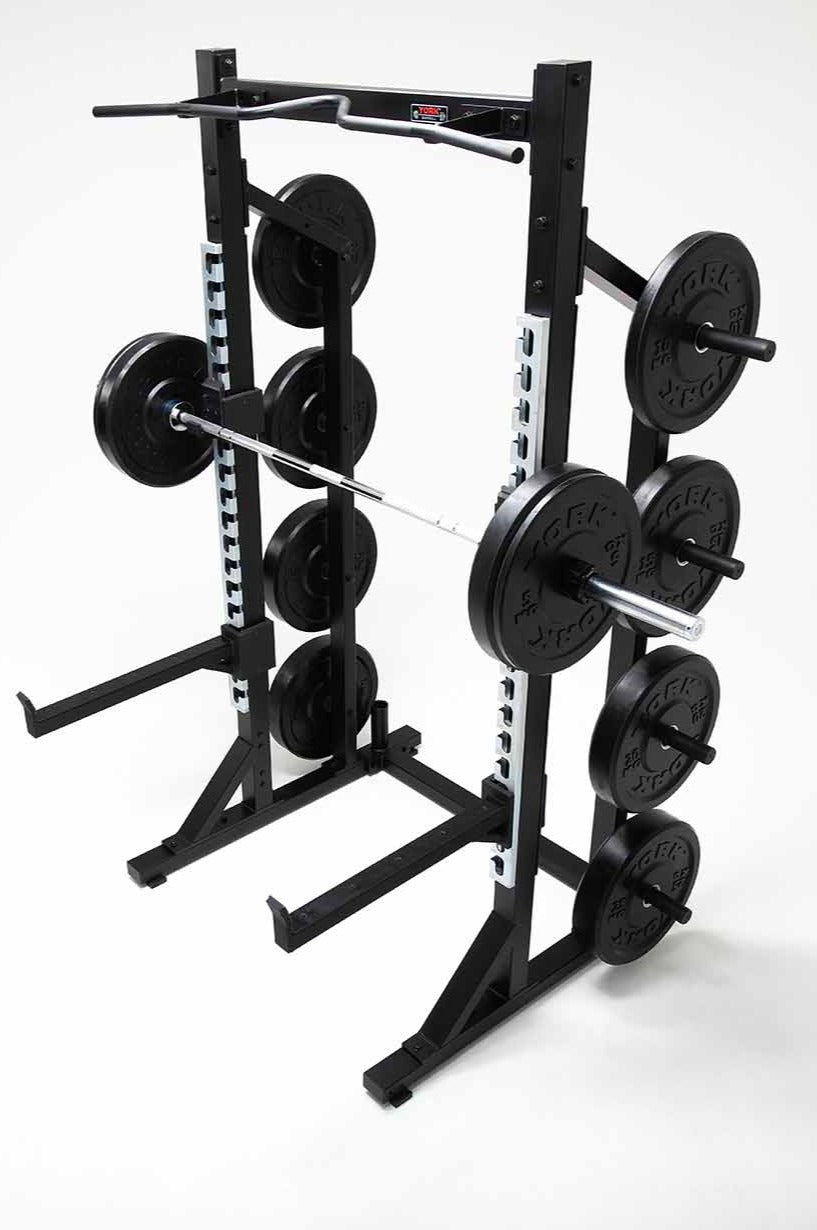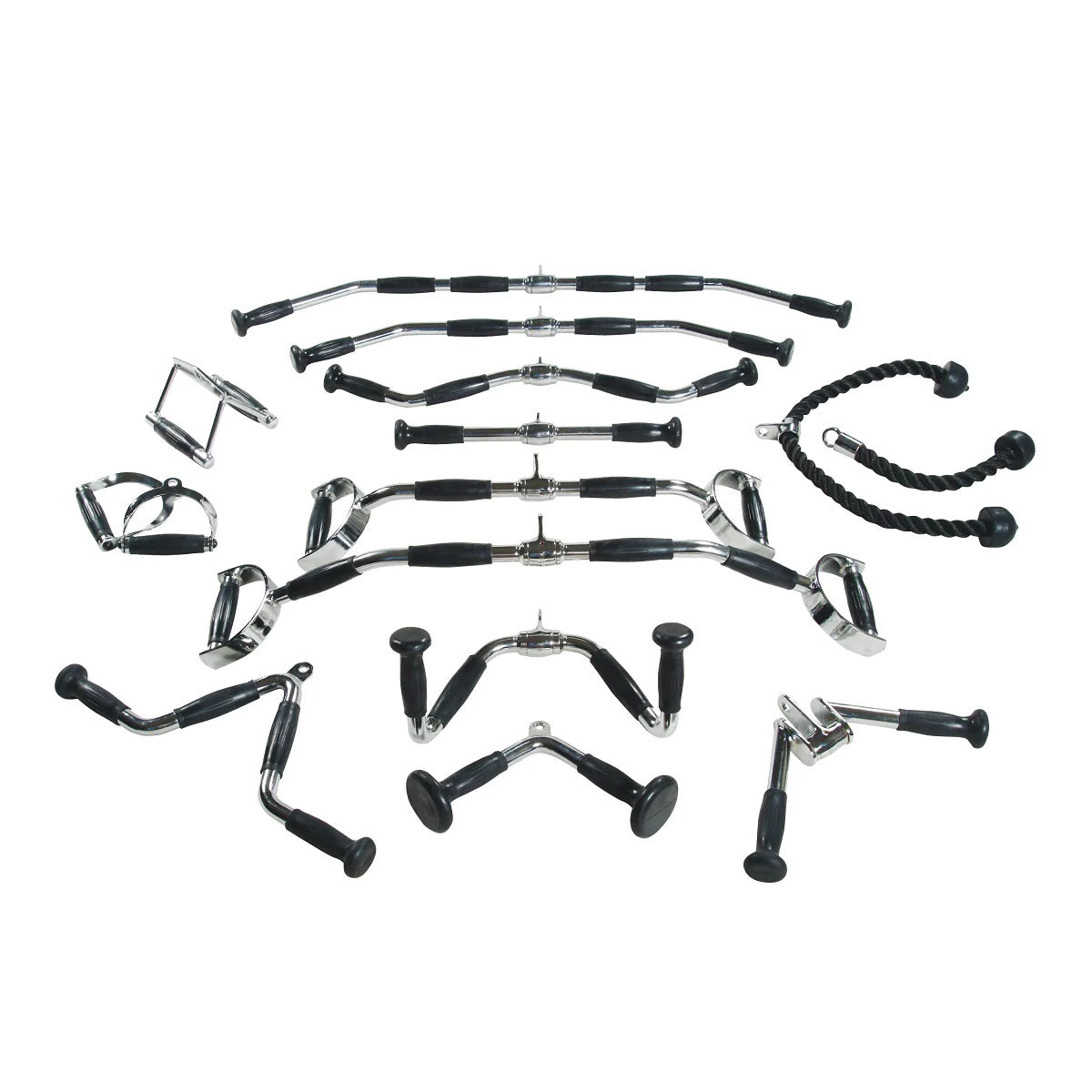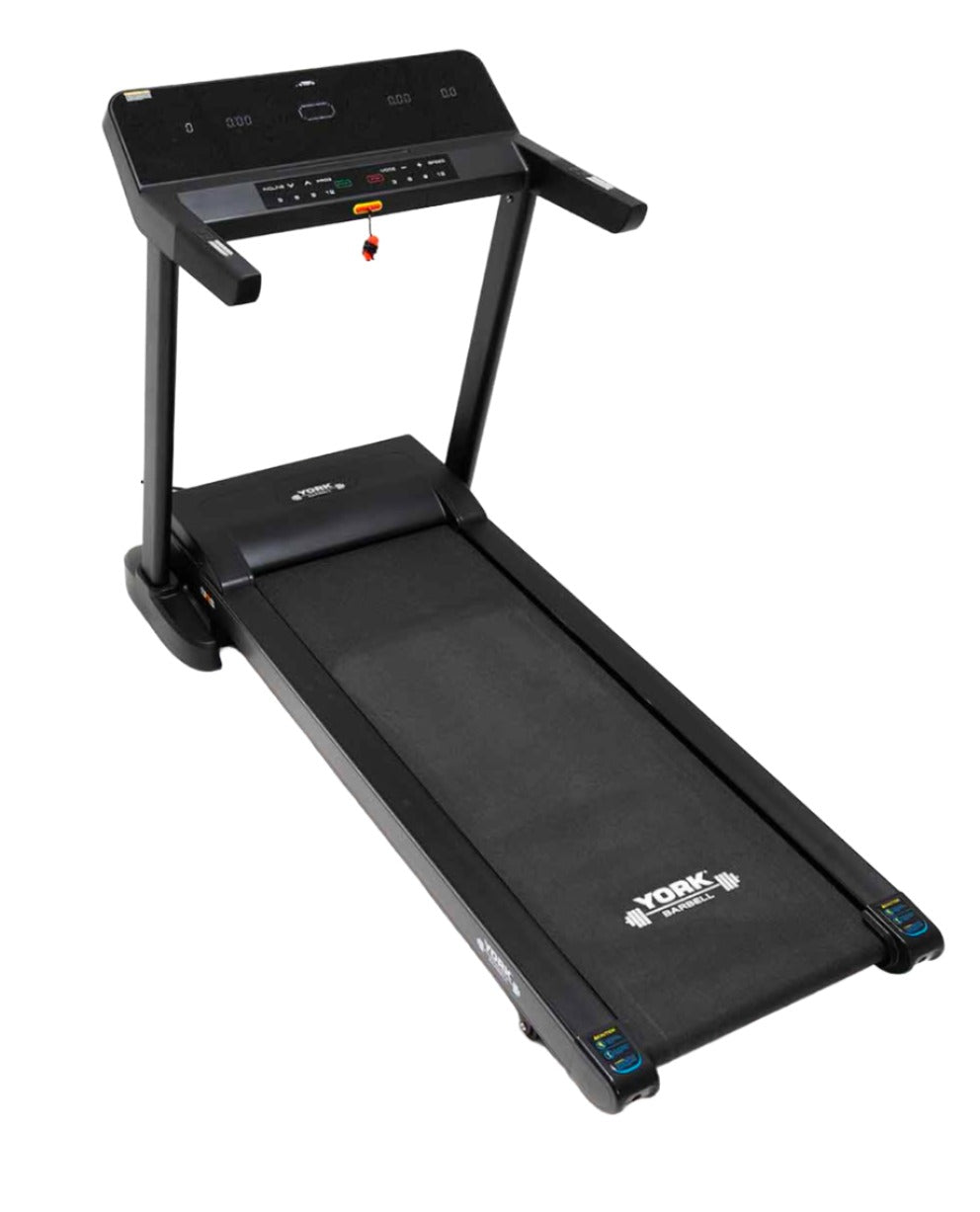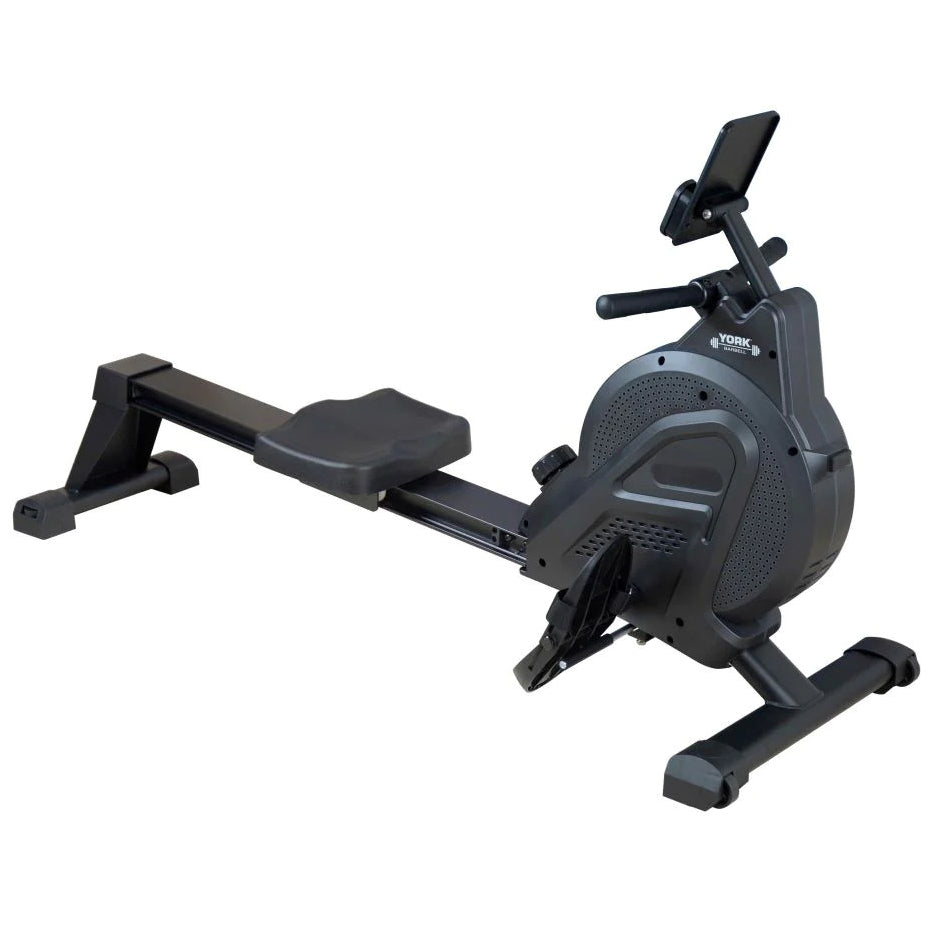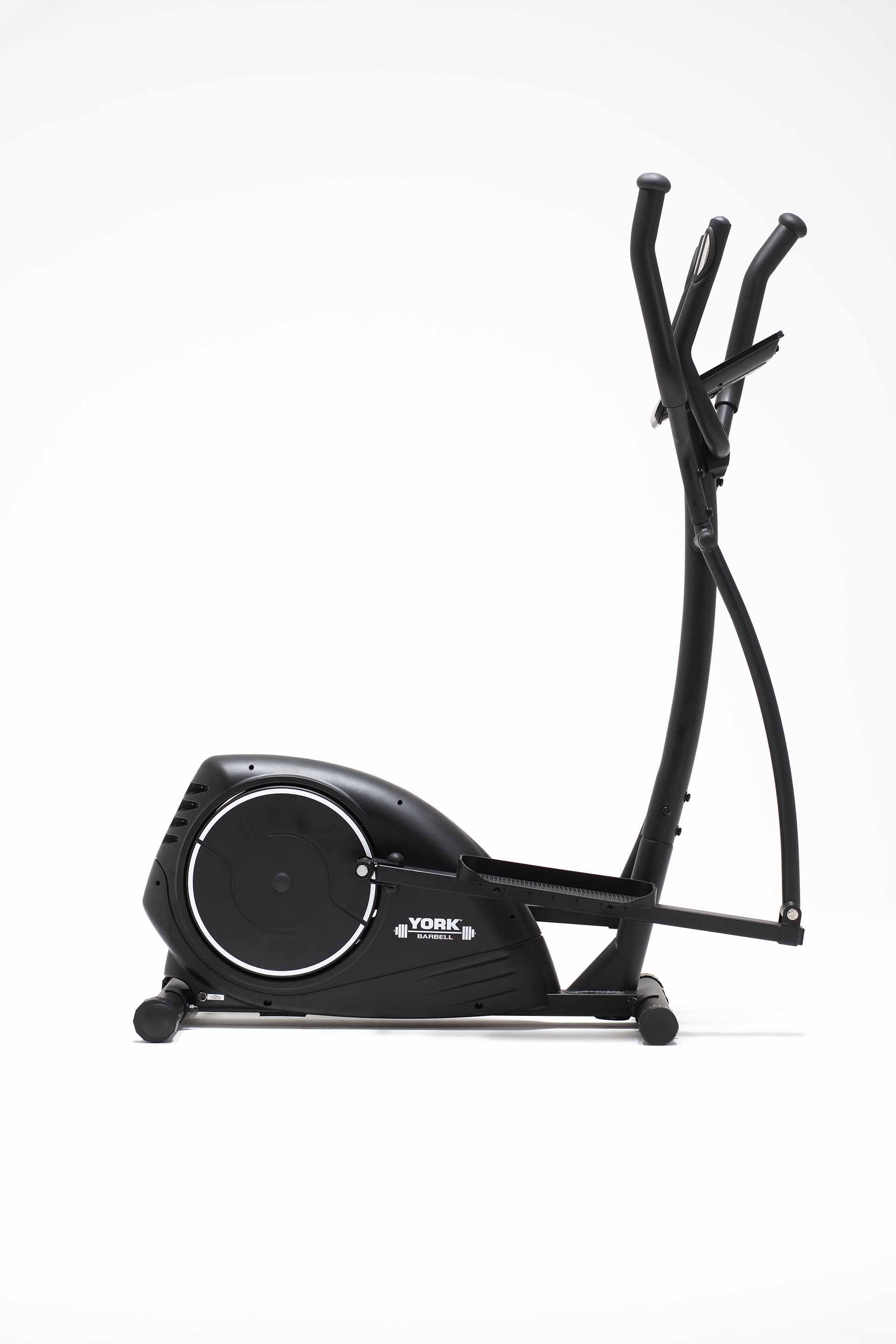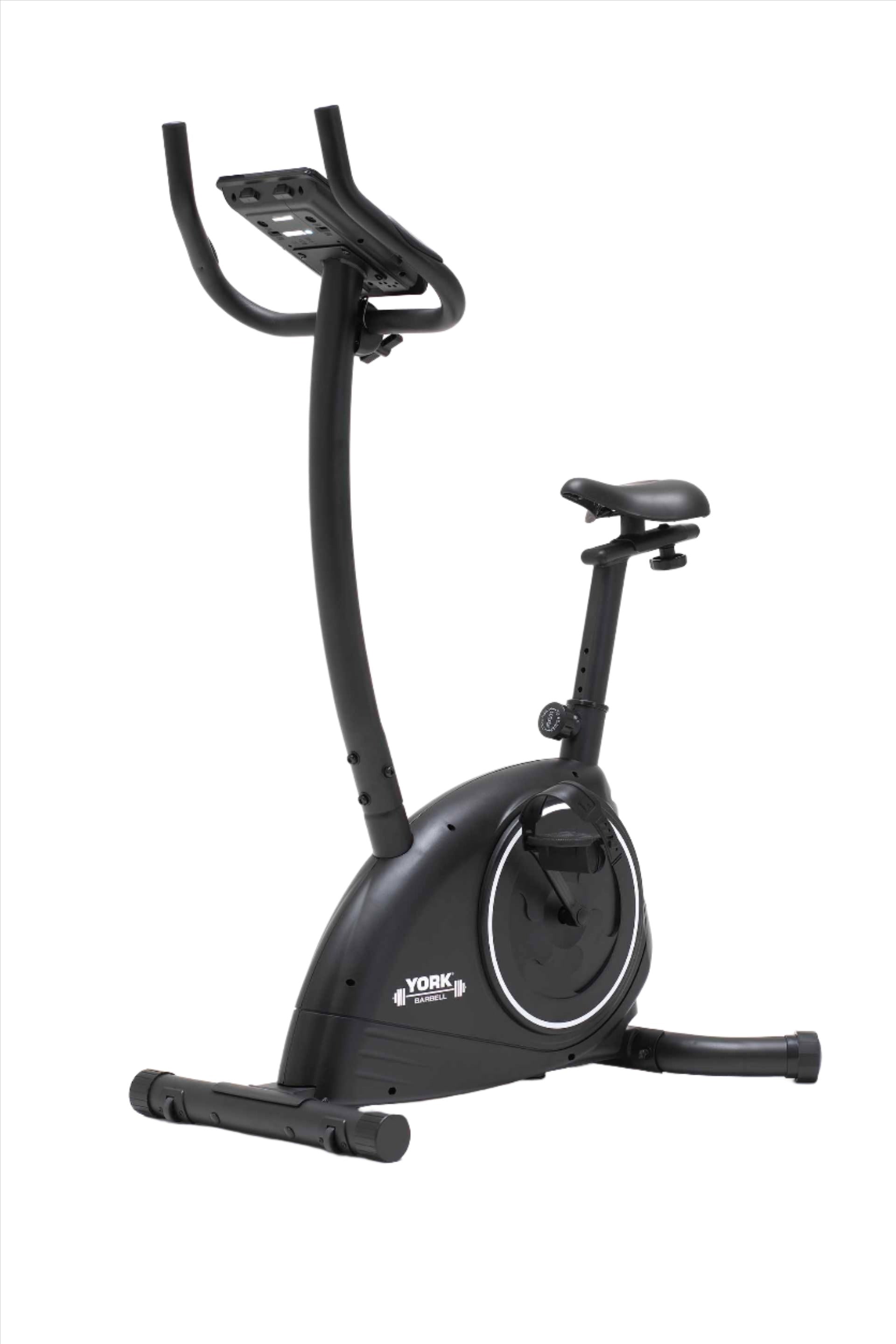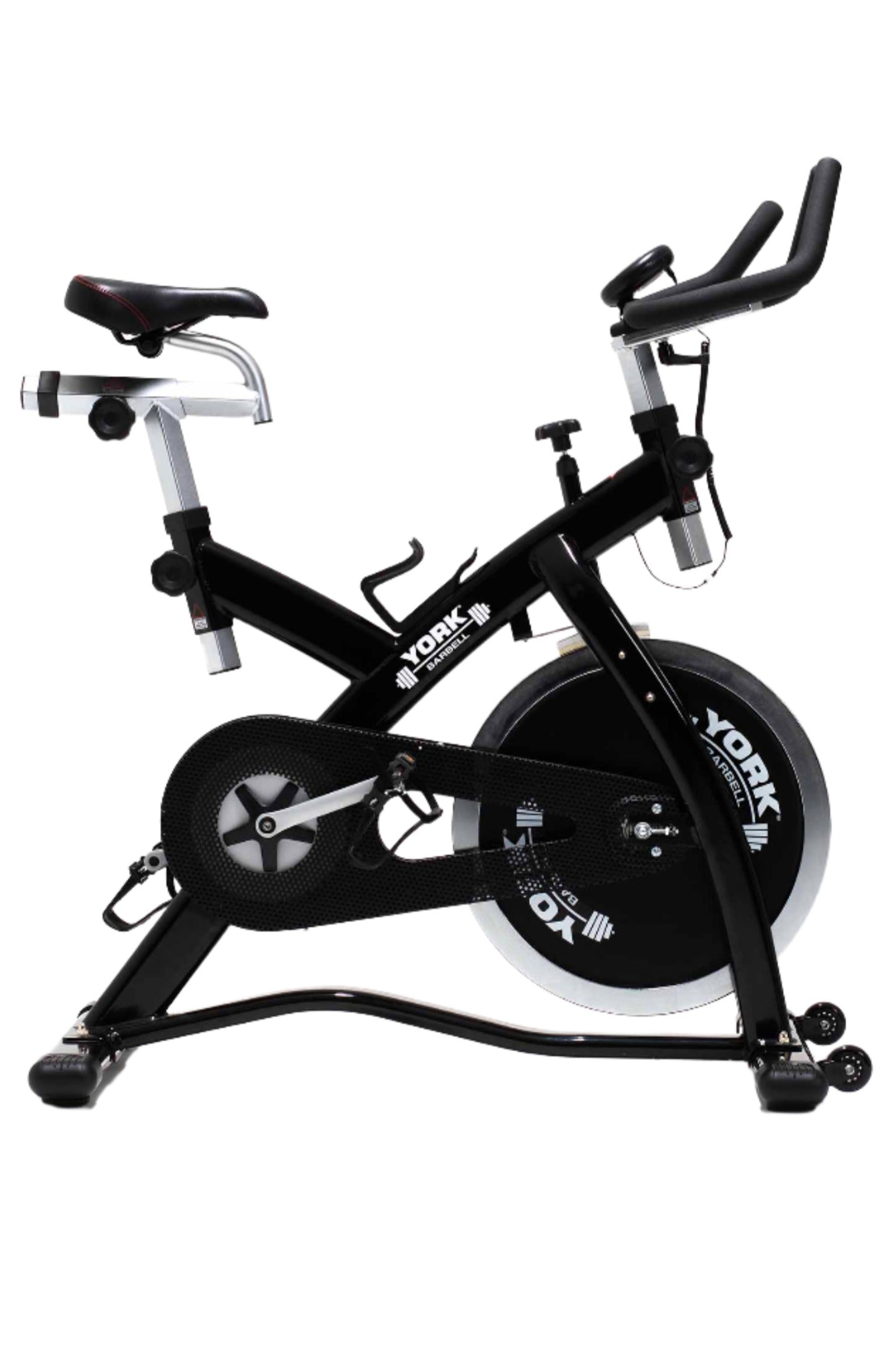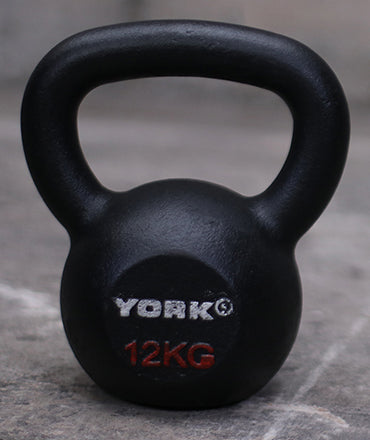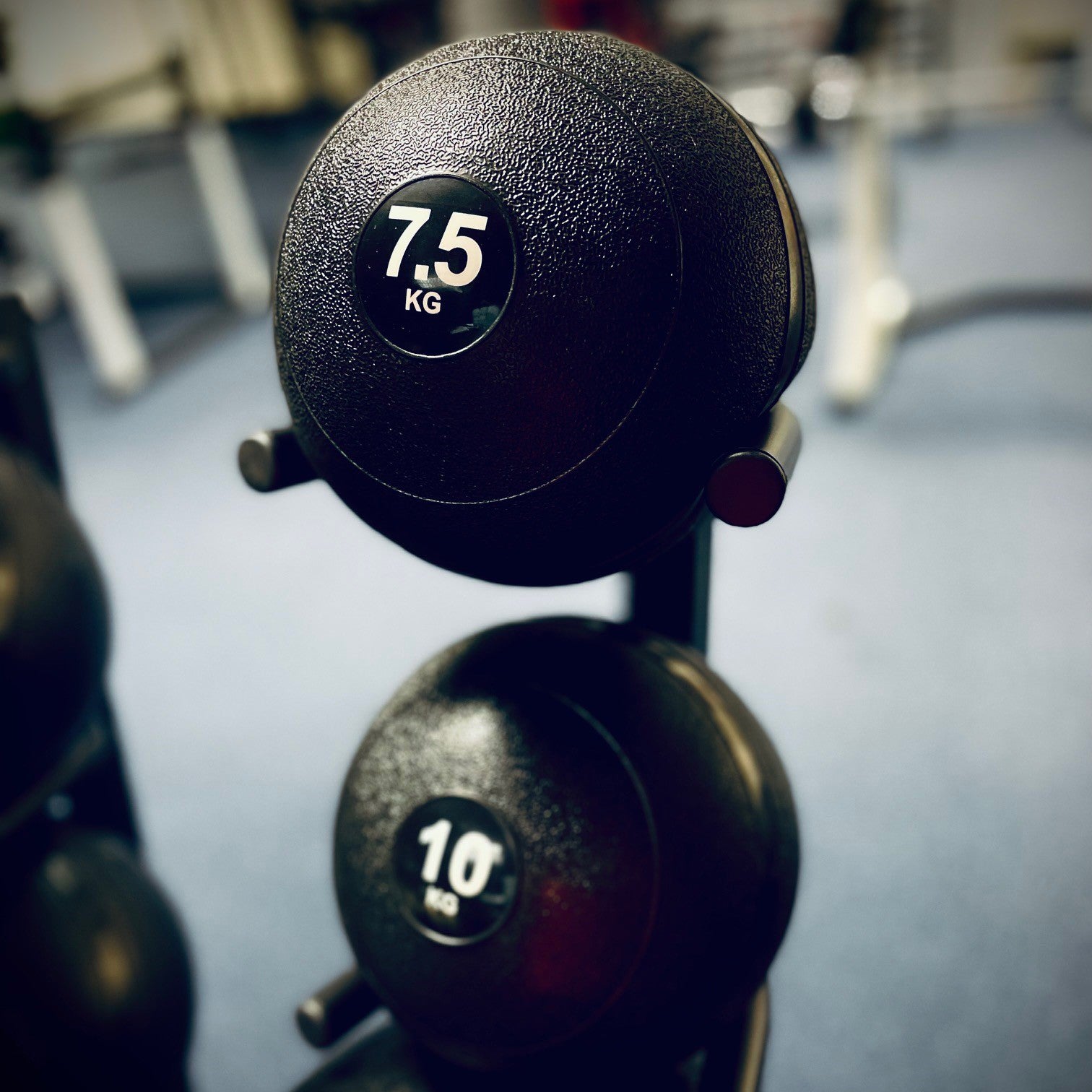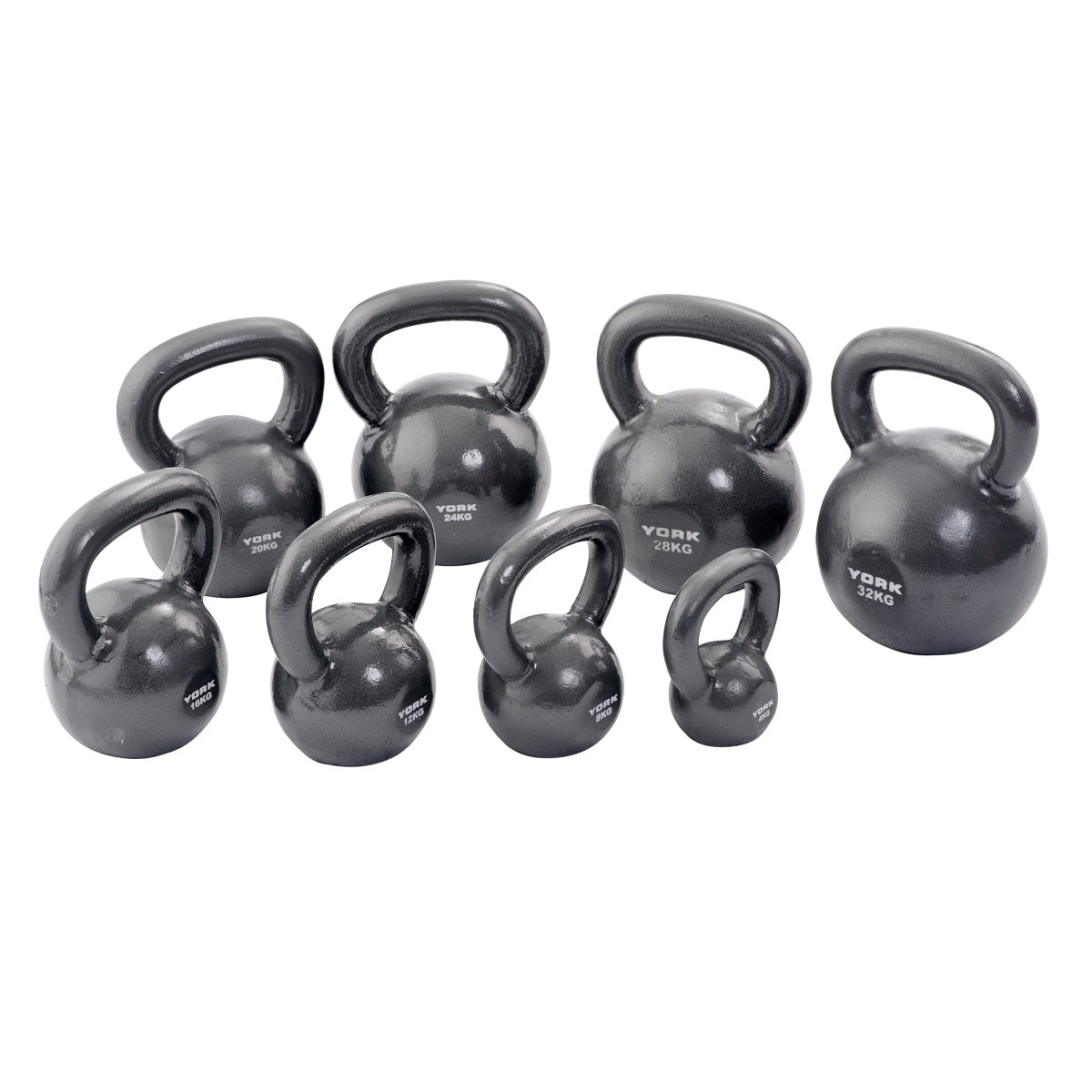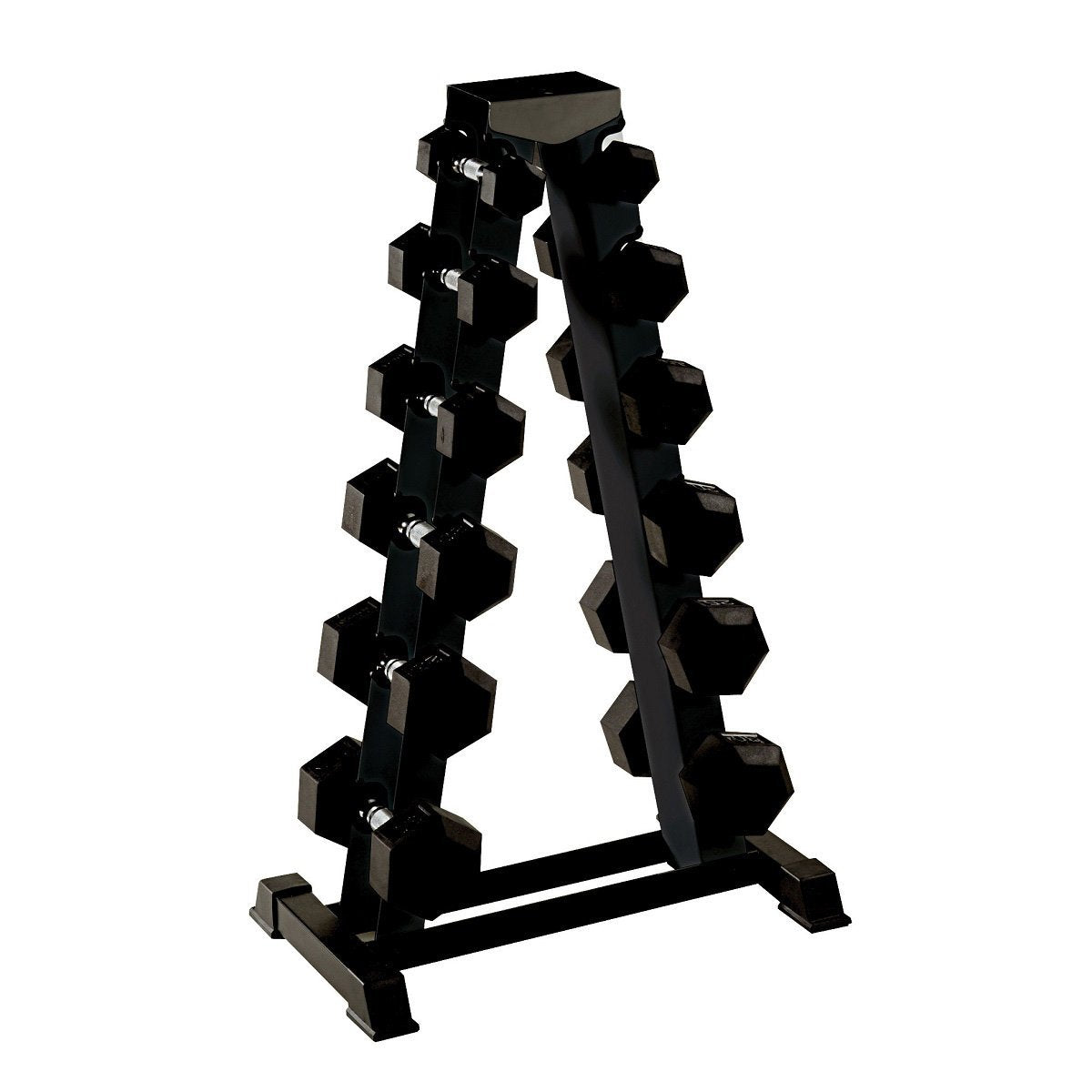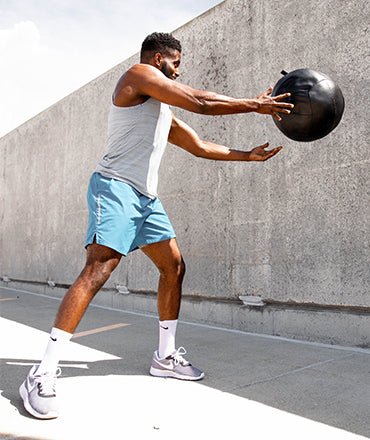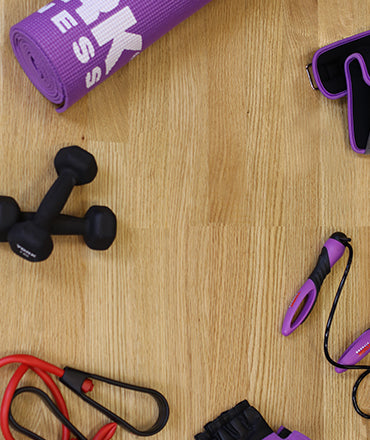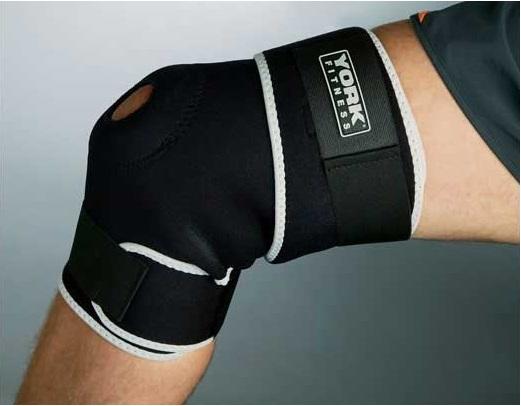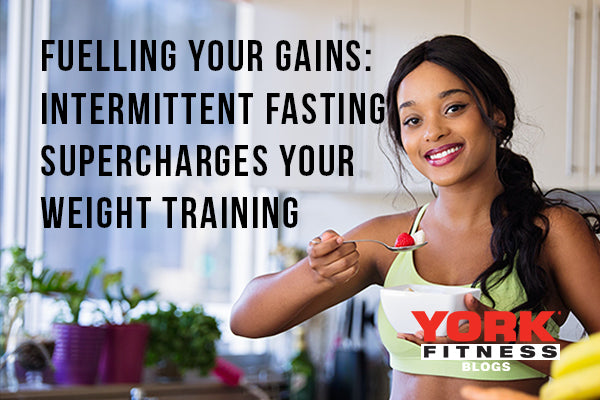Intermittent fasting (IF) has gained immense popularity in recent years, not only for its potential health benefits but also for its effectiveness in helping individuals achieve their fitness goals. In this article, we'll explore how intermittent fasting can supercharge your weight training regimen, allowing you to build muscle and shed fat more efficiently than ever before. By combining the power of IF with your workouts, you can take your fitness journey to new heights.
What Is Intermittent Fasting?
Before diving into how intermittent fasting can enhance your weight training, let's clarify what it is. Intermittent fasting is a dietary approach that involves cycling between periods of fasting and eating. This cycle typically alternates between fasting and feasting windows, and there are several popular IF methods, such as the 16/8 method (fasting for 16 hours and eating during an 8-hour window) or the 5:2 method (eating normally for five days and consuming very few calories on two non-consecutive days).
The Synergy Between Intermittent Fasting and Weight Training
Intermittent fasting and weight training may seem like an unlikely combination at first, but they actually complement each other remarkably well. Here's how:
Enhanced Fat Burning
During fasting periods, your body's insulin levels drop, allowing it to access stored fat for energy more effectively. This means that when you engage in weight training during your fasting window, your body is more likely to use fat as a primary energy source, helping you burn excess fat while building muscle.
Improved Hormone Levels
IF has been shown to positively impact hormone levels, including human growth hormone (HGH) and insulin-like growth factor-1 (IGF-1). These hormones play a crucial role in muscle growth and recovery, making intermittent fasting a valuable tool for weight trainers looking to optimise their gains.
Implementing Intermittent Fasting for Weight Training
Now that we understand the potential benefits, let's discuss how to incorporate intermittent fasting into your weight training routine effectively:
Choose the Right IF Method
Select an intermittent fasting method that aligns with your lifestyle and workout schedule. The 16/8 method is often a good starting point for many fitness enthusiasts, as it provides an 8-hour eating window, which can easily accommodate pre- and post-workout meals.
Timing Is Key
Consider scheduling your workouts towards the end of your fasting window, just before your first meal. This can help you capitalise on the enhanced fat-burning effects of fasting during your training session. After your workout, break your fast with a balanced meal rich in protein and carbohydrates to support muscle recovery and growth.
Stay Hydrated
While fasting, it's essential to stay adequately hydrated. Drink plenty of water throughout your fasting window to ensure you're ready to perform at your best during your weight training sessions.
Common Concerns and Misconceptions
As with any dietary or fitness approach, there are common concerns and misconceptions associated with intermittent fasting and weight training. Let's address some of these:
Muscle Loss
One of the most significant concerns is the fear of losing muscle mass while fasting. However, research indicates that when done correctly and with proper nutrition, intermittent fasting can help preserve muscle and promote fat loss.
Energy Levels
Some worry that fasting may lead to decreased energy levels during workouts. While it can take time for your body to adapt to IF, many individuals report increased energy and mental clarity once they become accustomed to the fasting schedule.
Conclusion
Incorporating intermittent fasting into your weight training routine can be a game-changer for your fitness goals. By optimising fat burning, enhancing hormone levels, and addressing common concerns, you can supercharge your progress. Remember that consistency and patience are key when adopting any new lifestyle approach. Consult with a healthcare professional or nutritionist before making significant changes to your diet and exercise routine. With dedication and the right approach, you can fuel your gains and achieve the results you desire.
